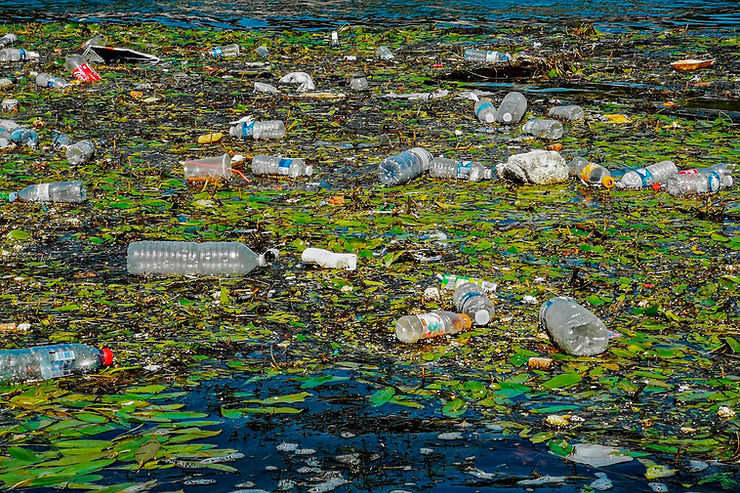By: Emily Chu
In many countries, single-use plastics are banned. In Australia, there has been a plastic bag ban since 2018. In the U.K. and India, bans on plastic straws, utensils, and other single-use products went into effect in July of 2022. In many parts of the U.S., grocery stores are banned from providing single-use plastic bags.
At first, this ban may seem like a step toward stopping pollution, but is it? Do we really need to replace every type of single-use plastic?
Plastics have created 275 million tons of waste worldwide, out of the total two billion tons. That waste is expected to increase dramatically, as the population is expected to double by 2050.
Plastic packaging has been the most harmful to our environment, as shown by statistics on plastic waste generation by the industrial sector in 2015. The data showed that plastic packaging contributed to 141 million tons of waste worldwide. Plastic textiles contributed 42 million tons.
The plastic in landfills not only pollutes the environment, but also causes serious illnesses. Chemicals in plastic include endocrine disruptors and polyfluoroalkyl substances (PFAS) that can lead to serious health issues such as misfunctioning of the endocrine system.
In many places, these plastics are recycled. In Germany, 56% of plastics are recycled. Austria, South Korea, and Wales are also leaders in this area. However, this percentage changes dramatically when viewed on a global scale. Only 9% of global plastic waste is recycled.
Does this mean we have to replace every piece of single-use plastic? It is important to keep in mind that plastic has been one of the most essential things in the preservation of food and is also helpful in food packaging.
“Plastic can sometimes be the best option, especially in the food industry,” says Romane Osadnik, a worker at CITEO, a company that has been trying to reduce the environmental effects of food packaging. “Film wraps and plastic bags that seal food preserve the quality of the food and are lightweight options.”
It is also important to keep in mind that plastic straws, utensils, and bags doesn’t make up a large proportion of plastic waste. The U.S. throws out around 100 million plastic bags annually, making up about 3 million tons of trash. But compared with the total 275 million tons of plastic waste, this is a very small percentage.
In restaurants in the U.S., you may see plastic straws replaced by paper straws. In France, you may see food packaging replaced by cardboard. However, Osadnick believes that this might lead to more pollution than before.
“Plastic is most commonly replaced with cardboard,” Osadnick says, “but food can be damaged more easily in cardboard, causing more food waste in transport, and it weighs much heavier [which] means in turn that more lorries are needed to carry the same quantity of product. Transport weighs heavily in the life cycle of food. In the end it often turns out to be more polluting to use cardboard wrapping than plastic, when the entire food production chain is taken into account.”
An article by BBC Future reports that plastic bag replacements, such as cotton and paper shopping bags, have the highest negative impacts.
“As a result of the heavy use of toxic chemicals in the process, paper is responsible for 70 times more air pollution and 50 times more water pollution than plastic bag production,” says a Columbia Climate School article.
Perhaps the real problem isn’t single-use plastics, but how humans use them. Most people throw away plastic bags after only one use. So instead of banning plastic, people should focus on how to use and reuse plastic so it doesn’t end up in landfills.
Sources:
https://www.bbc.com/future/article/20220711-do-single-use-plastic-bans-work
https://www.vox.com/2014/10/4/6901299/plastic-bags-environment











